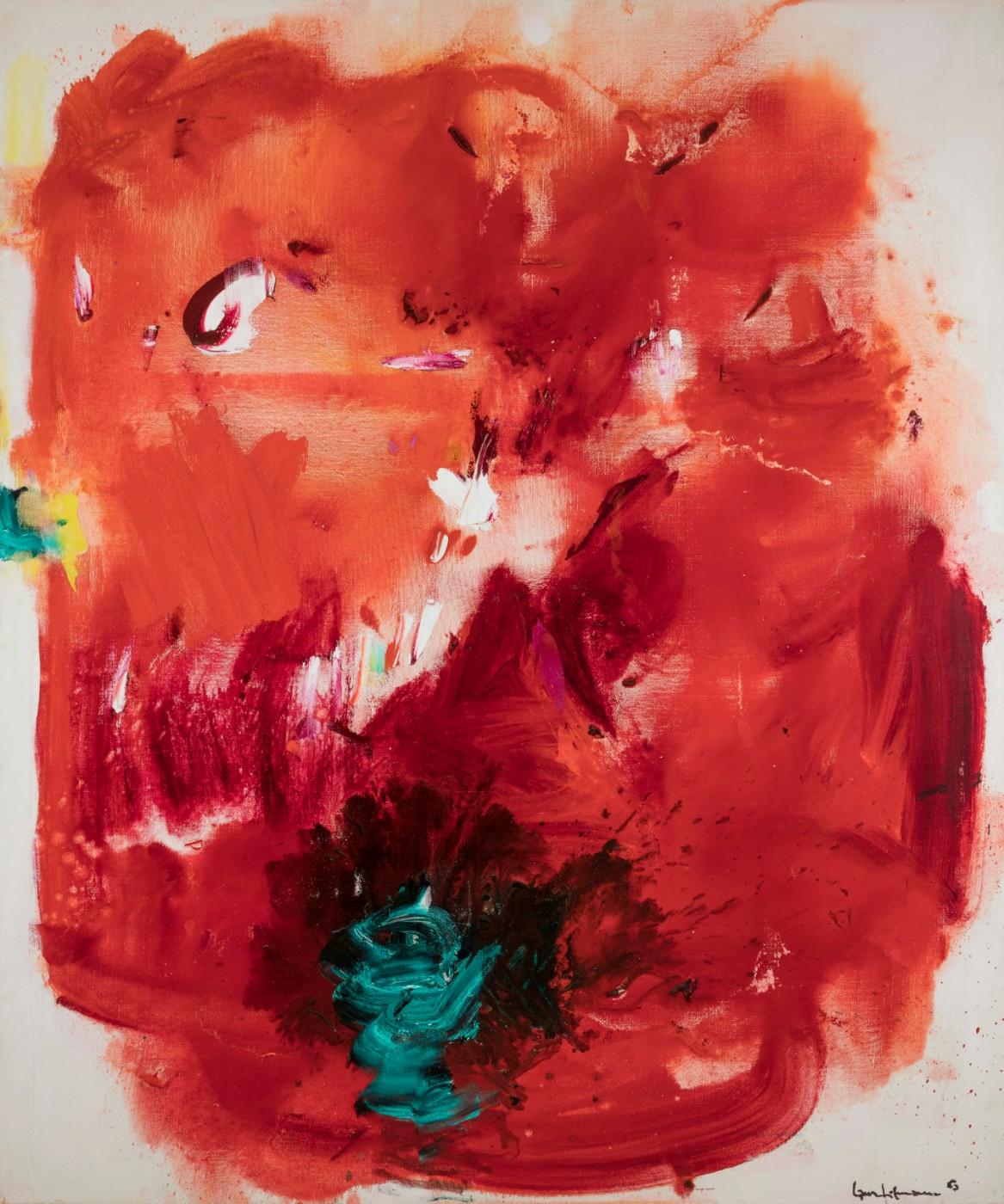Accompanied by a fully illustrated scholarly catalog on Hofmann’s career, the exhibition marks the most significant opportunity to reexamine the artist’s legacy since his death in 1966. Since that time, discourse around Hofmann has focused primarily on the remarkable color plane abstractions he created the 1950s and ’60s, which were the focus of major exhibitions at New York’s Museum of Modern Art and the Whitney Museum of American Art during his lifetime. Hans Hofmann: The Nature of Abstraction offers an even broader perspective on Hofmann’s body of work, reconnecting many of the artist’s most iconic late-career paintings from the MoMA and Whitney exhibitions with dozens of remarkably robust, prescient, and understudied works from the 1930s and ’40s to chart the trajectory of his singular style. This comprehensive view of Hofmann’s oeuvre advances a growing public and scholarly reassessment of the artist ignited by the rich revelations of the catalogue raisonné of his paintings, which was published in 2014.
Curated by BAMPFA’s Curator Emerita Lucinda Barnes, the chronological exhibition opens with works created by Hofmann during his formative years in the 1930s and ’40s, after he emigrated from his native Germany to the United States, where he taught at UC Berkeley, then the Art Students League of New York, before establishing his famously influential schools in New York City and Provincetown, Massachusetts. Many of Hofmann’s pupils went on to become nationally distinguished artists in their own rights, including Helen Frankenthaler, Lee Krasner, Red Grooms, Wolfgang Paalen, Allen Kaprow, Ken Jacobs, Ray Eames, Lillian Kiesler, Robert De Niro, Sr., Mercedes Matter, Glenn Wessels, Worth Ryder, Wolf Kahn, and Virginia Admiral, among many others. During this period, Hofmann’s paintings were focused on his immediate environment, such as studio interiors and landscapes in and around Provincetown. He prolifically painted related scenes, but applied varied stylistic approaches—Cubist, Fauvist, Expressionist—constantly sharpening his technical skills while challenging boundaries between representation and artistic vision. Hofmann’s early studio interiors and landscapes quickly evolved from colorful compositional explorations of pictorial space toward artistic expressions of mood and states of mind reflecting forces and counterforces in nature, his enduring source of inspiration.
































